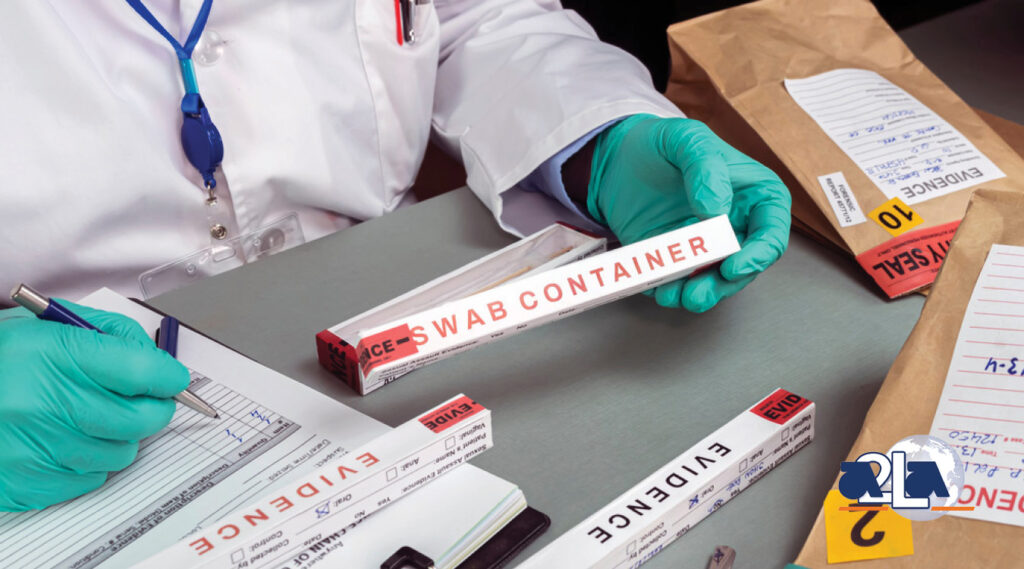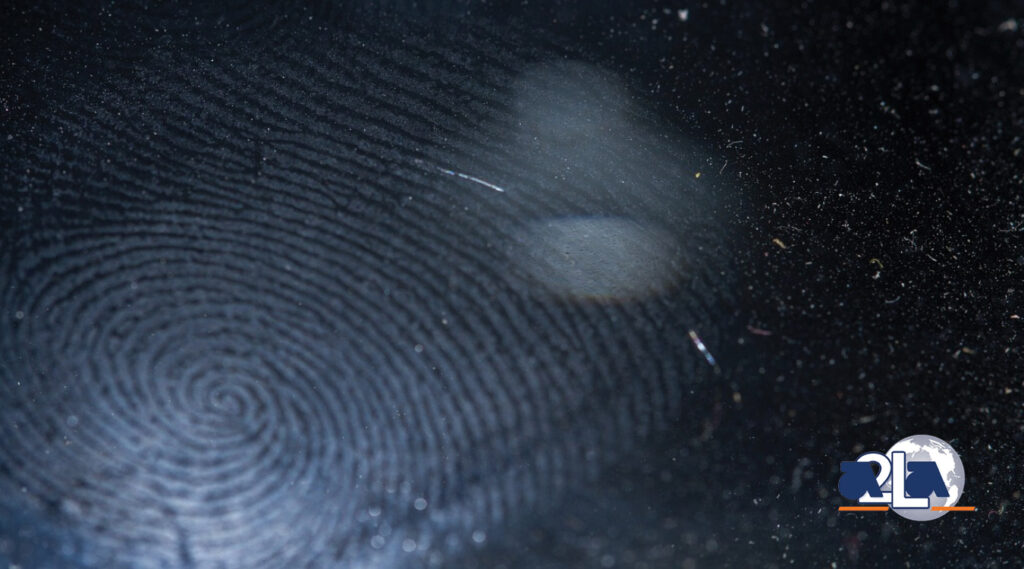Forensic DNA Phenotyping is a DNA typing method used to predict visual characteristics of the contributor of the unknown evidence sample or unidentified human remains. It can aid in the determination of externally visible physical characteristics of the contributor including hair color, eye color,
Building a Quality Culture at the Laboratory
Quality culture is built on the foundations of trust, active participation, and effective communication, where the achievement of quality objectives is cultivated through the involvement of employees. Culture is a learned behavior that is developed through interactions with other individuals within
Sexual Assault Kits Initiative: Where Are We Now?
Since 2001, April has been the National Sexual Violence Resource Center’s Sexual Assault Awareness Month. The main goals of Sexual Assault Awareness Month are to raise awareness about sexual assaults and share information about how to help prevent it through education. It is also a time for
The Path to Accreditation in A2LA’s Forensic Examination Accreditation Program Made Easier with the Coverdell Grant
The Paul Coverdell National Forensic Science Improvement Act of 2000, which became public law (106-561), was established to improve the quality, efficiency, and integrity of forensic science services within the criminal justice system. To achieve this objective, the Paul Coverdell Forensic Science
What is OSAC and How Does It Benefit Forensic Science?
As a response to the 2009 National Research Council (NRC) report, Strengthening Forensic Science in the United States: A Path Forward, the Organization of Scientific Area Committees for Forensic Science (OSAC) was established in 2014 in collaboration with the National Institute of Standards and





